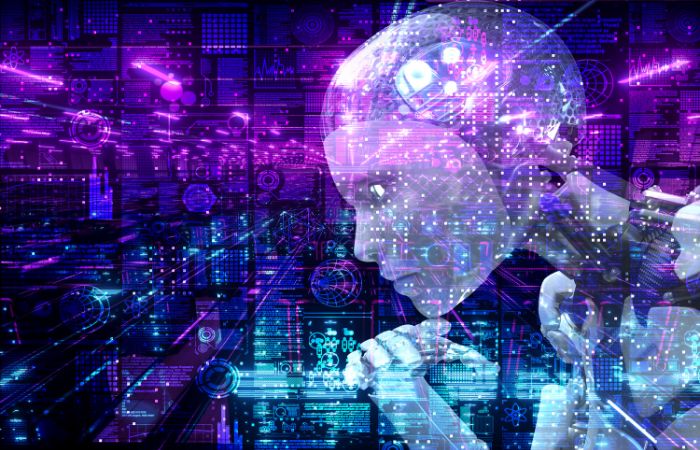
Augmented video is more and more popular in today’s world. With more and more people using Augmented Video features, it’s imperative to learn it. If you haven’t been keeping up with all of the latest buzzwords in the tech world, here is a list of definitions of some common tech terms.
1. AI (Artificial Intelligence)
Artificial intelligence is one of our most powerful tools for navigating the world around us. AI can process huge amounts of data and make decisions based on what it knows.
AI has many uses in the workplace, including:
- Writing a report on sales trends in the industry and making projections about what will happen next.
- Evaluate inventory patterns and suggest the best time to order more supplies.
- Helping to streamline your workflow by automating tasks that used to have to be performed manually.
With a few exceptions, most of us aren’t aware of how we interact with AI daily. If you’ve ever had Netflix recommend a movie or Amazon suggest products you might like based on what you’ve purchased in the past, you’ve seen AI at work.
2. AR (Augmented Reality)
AR is a cutting-edge technology that allows you to create and experience a computer-generated environment in the real world. For example, you can make an app that lets you step inside the human body and watch your blood cells circulate. You can even make an app that gives you directions by projecting arrows onto the sidewalk as you navigate to your destination.
The reason why it’s so important for you to learn AR is that its applications are limitless, and the field is just getting started. If you know how to develop for AR, you’ll be one of the pioneers in an industry with tremendous potential for growth and expansion.
3. MR (Mixed Reality)
Mixed reality combines the best elements of virtual reality and augmented reality. By combining those two technologies, MR allows users to interact with digital objects in the real world.
Mixed reality can help you create a more immersive experience for your customers, giving them the chance to interact with digital products in new ways. It’s also beneficial for internal training when combined with data visualization and other digital tools.
4. XR (Extended Reality)
XR represents the entire spectrum of real-and-virtual combined environments and human-machine interactions (HMI) created by the merging of real and virtual worlds, augmented reality (AR), virtual reality (VR), and mixed reality (MR).
XR is a new level of realism that can provide new ways to learn, share knowledge, train, collaborate, design products, research science, and solve problems. It’s a way to engage your audience in an immersive experience that can:
- Entertain users by providing a new way to experience content and play games
- Engage users with information by providing new ways to interact with data and learn
- Enhance users’ work lives by providing a platform for collaboration among distributed teams.
5. VR (Virtual Reality)
Virtual reality is a way to create an immersive and interactive experience that places you inside a world of your choosing. By using headsets, you can see and manipulate objects in the virtual environment and interact with other people or characters present there. Virtual reality has been around for decades, but it was only recently that technology advanced enough to make VR accessible for people who didn’t have access to expensive equipment.
6. IoT (Internet of Things)
IoT is a system that allows objects to send and receive data over the internet without the involvement of humans or computers. Due to this technology, you can now control objects remotely, monitor their status, and even create more efficient systems.
7. Big Data
Big Data describes too large or complex data for traditional data-processing tools. It is also characterized often by its high velocity or the speed at which it arrives, and it creates data scouts and analysts whose mission is to have the information in an actionable form.
8. Natural Language Processing (NLP)
NLP is a set of tools that helps us analyze and improve how we understand human language. NLP helps us better understand the meaning behind words, phrases, and sentences to interpret the data more accurately and make better decisions based on our findings.
9. Digital Transformation
Digital Transformation is the process of updating business processes by adopting new technology. It is an industry-wide practice that aims to bring companies into a new era, where they use digital tools rather than “old school” methods like paper records and manual data entry.
It’s important to keep on top of the latest tech terms to stay relevant in your field. A little effort now will ensure you don’t get left behind by the next big thing.


